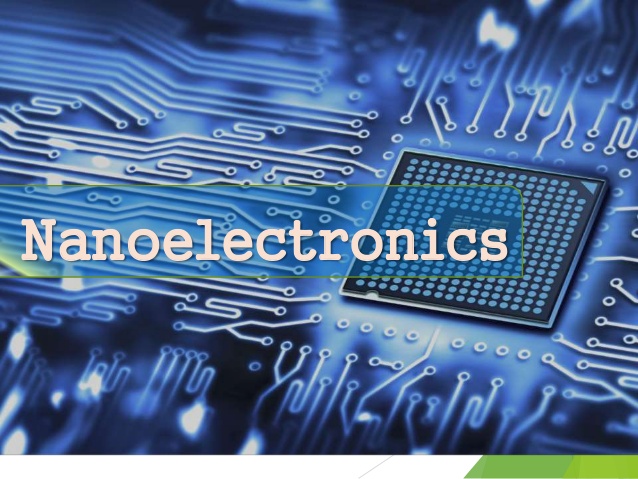Nano assemblers in the creation of new electronic nanodevices
Nanoassemblers and replication in the fabrication of new electronic nanodevices
Researcher and Author: Dr. ( Afshin Rashid)
_sph0.gif)
Note: In intelligent nanostructures, the concept of nano-assemblies is summarized in all the information and codes necessary to produce an entity similar to itself. We have a very small machine that knows how to produce its own counterpart , which in nanoscience is referred to as a "nano-assembler".
Nanoassemblers are made up of nanoparticles, and the first effect of reducing particle size is to increase surface area. Increasing the surface area to volume ratio of nanoparticles causes the atoms located on the surface to have a much greater effect on the physical properties of the particles than the atoms within the particle volume. This feature greatly increases the reactivity of nanoparticles. The structure of nanoassemblers is one of the properties of nanoparticles, the high surface area to volume ratio of these materials. Using this property, powerful catalysts can be produced in nanometer sizes. These nanocatalysts greatly increase the efficiency of chemical reactions and also significantly prevent the production of waste products in reactions. The use of nanoparticles in the production of other materials can increase their strength or reduce their weight. Increase their chemical and thermal resistance and change their reaction to light and other radiation. Using nanoparticles, the strength-to-weight ratio of composite materials will increase greatly.
These devices, which include transistors and diodes, can be used in nanoscale robots, nanoelectromechanical systems (NEMS), microelectromechanical systems (MEMS), and microfluidic devices. The mechanical action required to initiate the deformation can be the pressing of a switch, the pressure of a fluid, the tension of muscles, or the movement of a robot limb.
Conclusion:
Nanoassemblers are made up of nanoparticles, and the first effect of reducing particle size is to increase surface area. Increasing the surface area to volume ratio of nanoparticles causes the atoms located on the surface to have a much greater effect on the physical properties of the particles than the atoms within the particle volume. This feature greatly increases the reactivity of nanoparticles.
Researcher and Author: Dr. ( Afshin Rashid)
Specialized PhD in Nano-Microelectronics




